A HISTORY OF VIOLENCE. Cronenberg’s Crime Thriller Decrypted
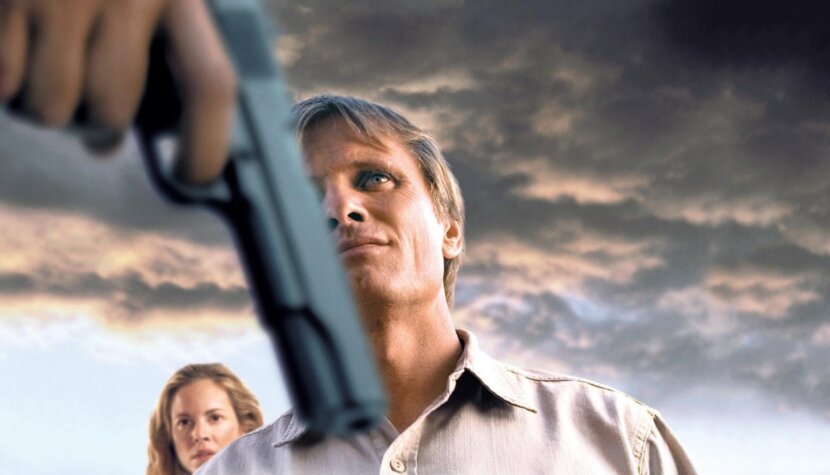
In the Canadian director’s earlier films, such as Videodrome, The Fly, and Naked Lunch, bodily transgressions take precedence, obscenely embodying the horror experienced by the mind.
However, in the 21st century, Cronenberg made a noticeable shift in his auteur aesthetics, dialing down the visual violence and radicalism in his subsequent films. This did not mean that he abandoned his characteristic perverse energy. Though starting with Spider, his films became more realistic and “restrained” in aesthetic terms, they remained incredibly fierce in psychological dimensions. This was achieved through the formal internalization of the Cronenbergian carnival of the obscene, associated with his works of the ’80s and partly the ’90s. One of these later films is A History of Violence, an unassuming crime drama that hides an aggressive treatise on human nature.
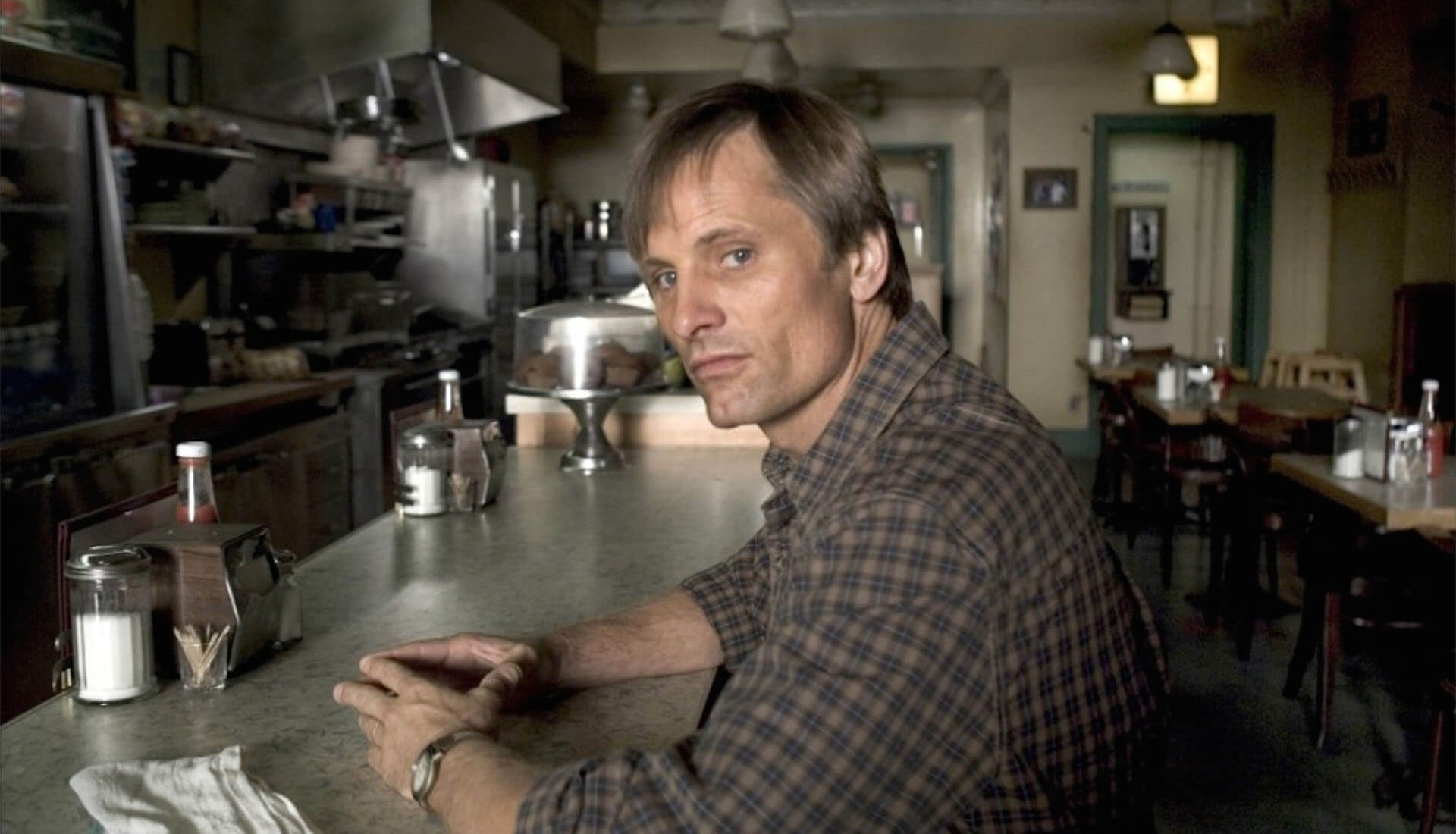
The organism on which Cronenberg conducts this dissection is Tom Stall, a loving husband and father who lives with his beautiful wife Edie and two well-behaved children in the small town of Millbrook, Indiana. One day, at the bar he runs, Tom stands up for a waitress harassed by two gangsters, killing both assailants on the spot. This eruption of violence becomes a turning point in Tom’s previously calm and orderly life. His feat quickly becomes a media sensation, and his face is presented on national television as the face of a hero. Soon, a demonically disfigured Carl appears in Millbrook, claiming that Tom is actually a Philadelphia gangster named Joey. Though our protagonist immediately denies it and clearly informs the gangster that he has the wrong person, a dark cloud hangs over the Stall family. Once unleashed, violence begins to permeate Tom’s life, undermining the foundations of his small-town happiness and increasingly making him feel the pressure of his alleged criminal past.

Perhaps the most memorable scene in A History of Violence is the bar incident that initiates the main drama. Cronenberg encapsulates the film’s essence in this scene, with the concept based on the gradual buildup of tension, turning ordinary life into a spectacle of death and cruelty, after which nothing will be the same. The moment when the calm and non-confrontational Tom smashes a coffee pot over the head of a gangster aiming at him and deals unceremoniously with the intruders disturbing his bar is a miniature of what subsequently happens to his life. The violence released in the moment of danger spills into the calm, small-town life of the Stalls, tearing it apart from the inside. The decomposition of the social persona is depicted by Cronenberg with methodical precision, step by step, leading to the exposure of the pure violence inherent in human nature.

There is a strict analogy between the gradual infusion of narrative coldness with the violence of emotions and events and the dynamics of character development presented. The mere threat of a sudden outburst of violence destroys the idyll, leading to strong discomfort during the viewing, compounded by uncertainty about the protagonist’s identity. As dramatic tension rises, so does the sense of entrapment for the Stall family, and the clinically paced action shatters the initially established perspective on the characters, imperceptibly transforming a restrained drama into a thriller driven by intense emotions.
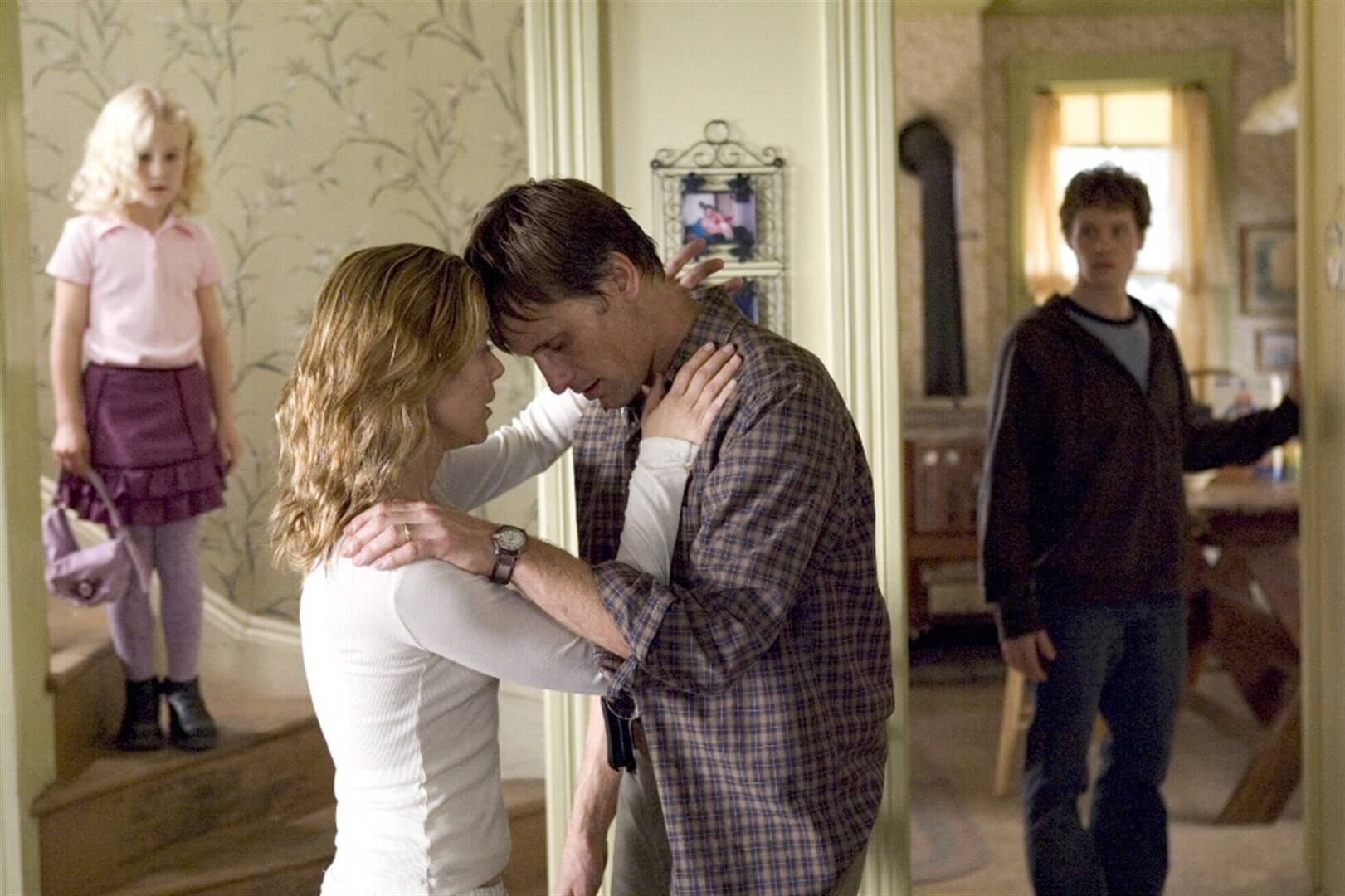
In the course of this process of disintegration of Tom’s orderly life, his identity becomes increasingly ambiguous. Again, the process of perceiving the character is synchronized with the form of the story: the protagonist, played by Viggo Mortensen, whose face is perfectly suited for extreme meanings—from innocence to fury—is initially seen as the embodiment of virtues and a haven of calm. As a result of the impulsive murder, this image becomes less defined, gradually transforming Tom into Joey—a moral man into a ruthless oppressor. Looking from his perspective, we feel the growing tension and anxiety engulfing his life, gradually delving into the dangerous truth about him.

It’s not even about the mysterious stranger’s revelation of the character’s past. This suspenseful thread is, in Cronenberg’s hands, a tool for highlighting the duality of human nature. A History of Violence tells of the conflict between two figures, Tom and Joey, representing social composure and the force of violence. The scarred Carl thus serves as a specter, a trickster sowing doubt in the minds of Tom and his family and catalyzing his transformation into Joey—a transformation that is essentially just a return to the atavistic violence intrinsically linked to human nature. The dual identity of Tom/Joey is, therefore, more than a plot gimmick. In Cronenberg’s film, this motif rises to the level of a behavioral metaphor, representing the tension between the ego and the id, which define the boundaries of human character.
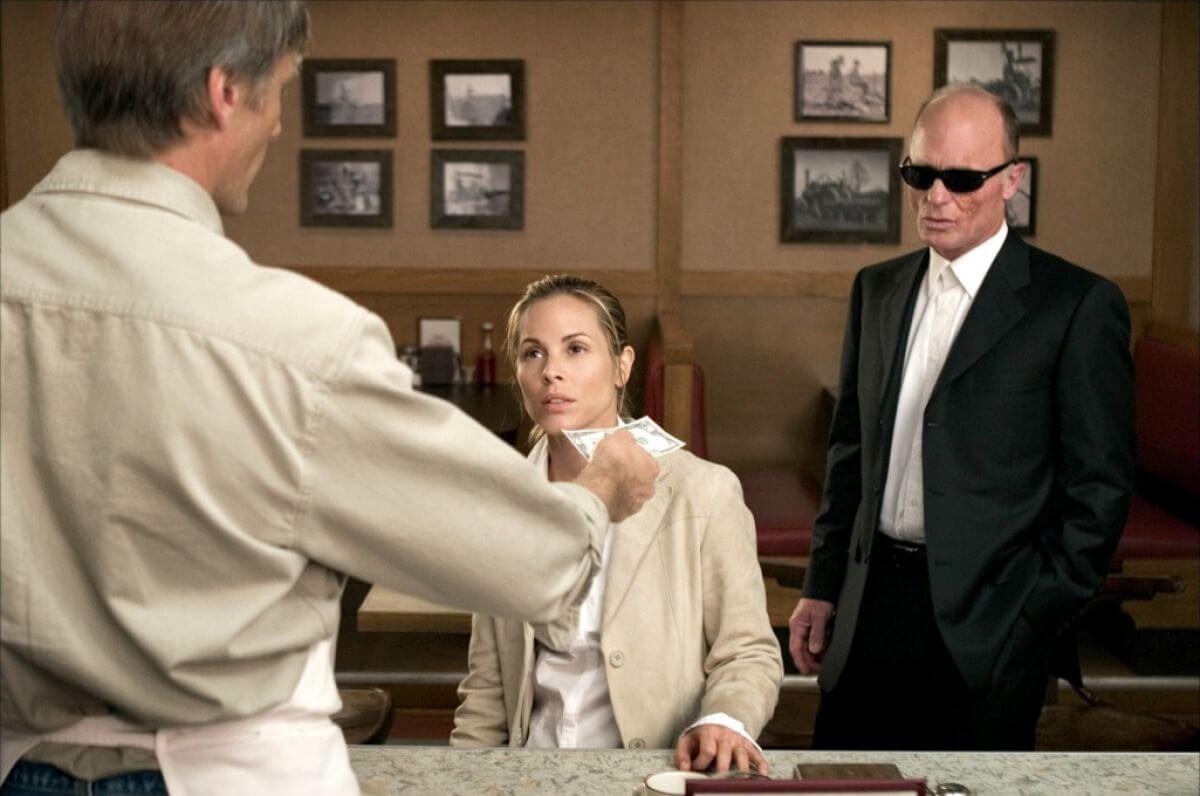
A History of Violence is thus suspended between crime action and symbolic drama, using a generic story (borrowed from a comic by John Wagner and Vince Locke) to metaphorically depict the struggle between two forces in the human psyche. On a narrative level, it’s a rather simple tale of confronting one’s past and the consequences of morally questionable acts. However, in Cronenberg’s hands, it becomes the material for an ethically provocative consideration of humanity and the foundations of society, whose history is primarily written in blood and violence. On one hand, the creators seem to suggest that in the end, Joey will always emerge from Tom, that a polished facade will always be pierced by aggressive nature. On the other hand, doesn’t this “wild” character fundamentally yearn to become the “good” one? By experiencing the protagonist’s identity fracture, we perceive the ambiguity of the human “self,” hiding desires beneath the facade of calm. Consequently, it turns out that Tom and Joey are doomed to live in one body, share family, fate, and in a word—a unity full of conflicts and contradictions. And the history of man is largely the history of his relationship with violence.
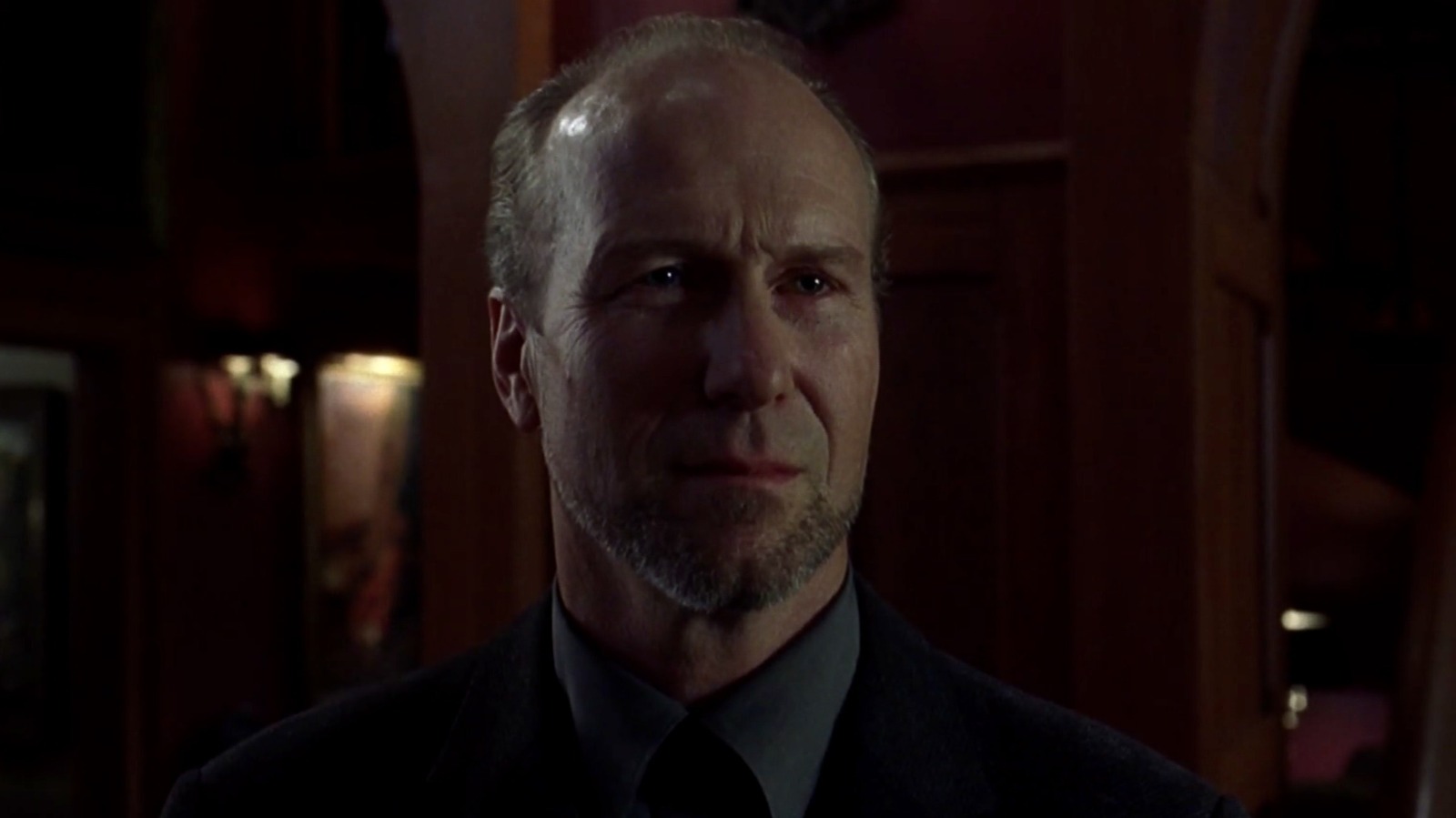
From the perspective of time A History of Violence deserves to be mentioned among Cronenberg’s best films. In a precise character study, the director presents violence as the dominant aspect of human character, a powerful force that seduces individuals seeking to control it, in essence bending them to its will and shaping entire social life. Violence in Cronenberg’s film is something people fear and flee from, yet are irresistibly fascinated by—it takes only a slight stumble to succumb to its ecstasy. Every act of force, even the most inconspicuous blow, insult, or emotion-driven tug, has the dimension of an eruption of hidden energy in A History of Violence, revealing the true face of human society, founded on the history (the titular story) of aggression, coercion, and rape. In this context, it may also be Cronenberg’s darkest film and the most penetrating diagnosis of human nature he has proposed. In this total vision, there is no place for good and evil—everything unfolds in the gray area between brutal rage and appearances created for the sake of others. It is a brutal and captivating vision.
—

